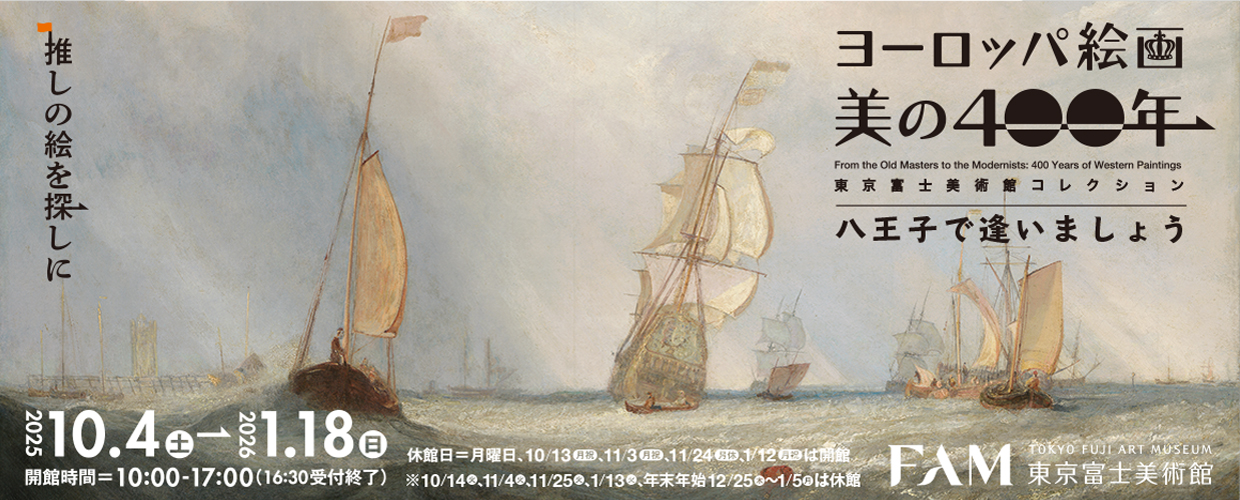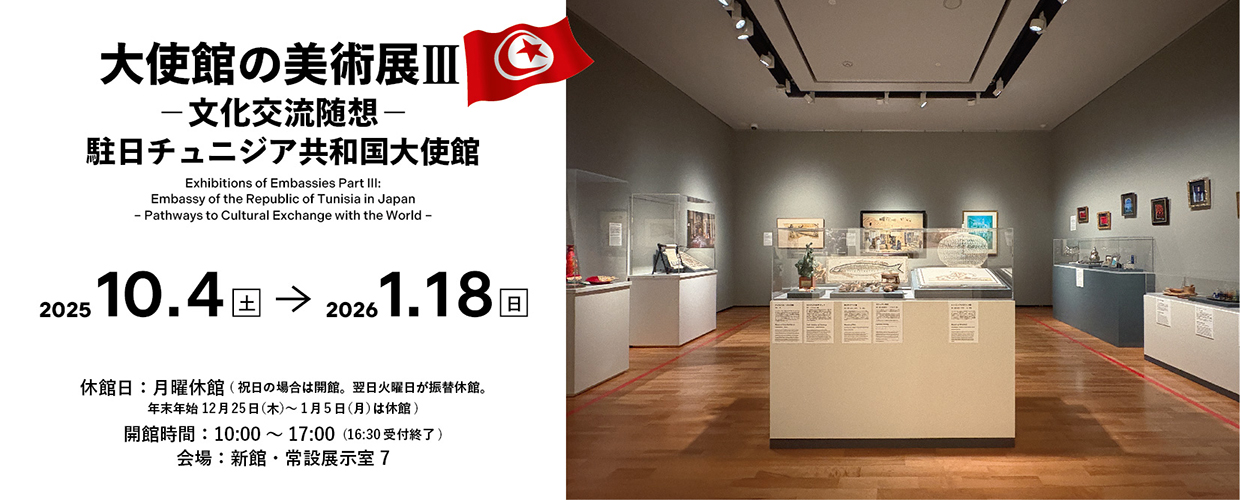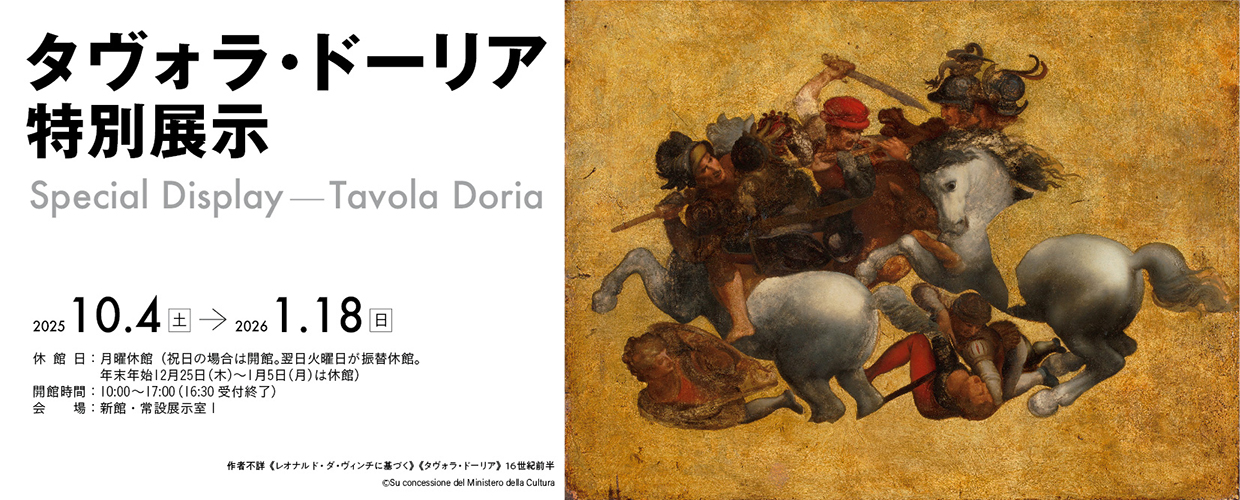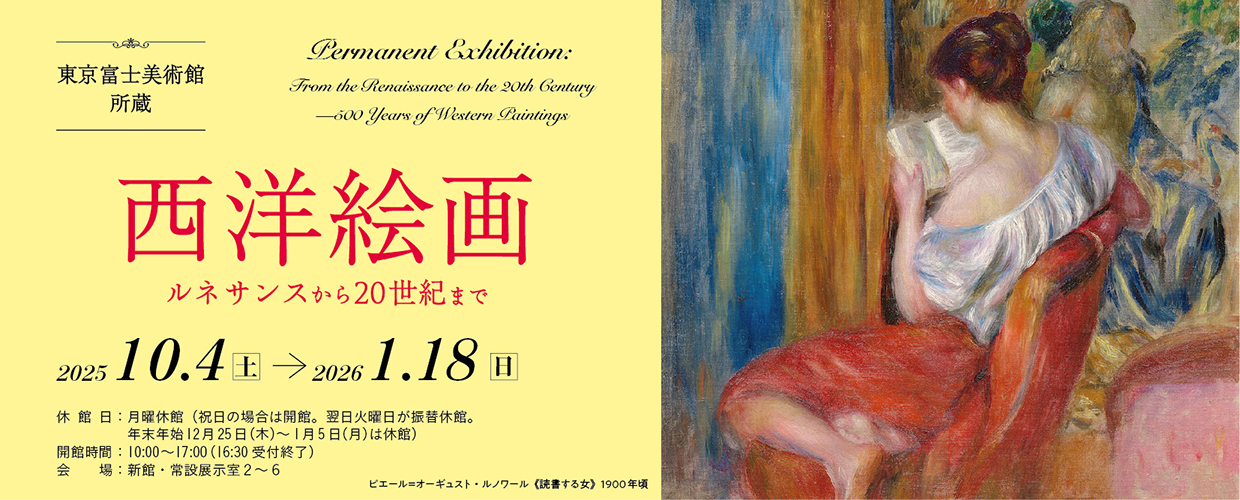Musashi Province, Early Edo Period (17th C.)/Iron, forged
Blade length 70.1 cm, Sori (curvature) 0.8 cm
SUMMARY
This piece is slightly curved, with a shortened tip and wide, sharp ridge. The material is a beautiful ko-itame texture, and the hamon (“blade pattern”) is bright and vivid with small crystalline particles on the edge of the blade, making this truly an exemplary piece by Kotetsu. Further, among Kotetsu’s katana, there are many which, like this one, feature carved gold inlays inscribed by Yamano Kauemon Nagahisa, official sword-tester for the shogunate, and his son Kanjuro Hisahide. In general, there are few inscriptions of test cutting of three or more bodies, and this piece, which boasts four, has the record for having cut the most among Kotetsu’s swords.
ARTIST
Nagasone Okisato (Kotetsu)
Nagasone Kotetsu’s birth name was Okisato, and Kotetsu his Buddhist priest’s name. In his home village of Nagasome in Omi Province, he was an armorer, and later moved to Fukui in Echizen Province and spent half his life there. Around the Meireki period, when he was around 50 years old, he turned to sword making, and moved to Edo, later settling in Shitaya. His teacher is said to have been Kazusanosuke Kaneshige, and his novel style and skillful engraving, as well as the sharpness of his blades, quickly took the world by storm. His style involved slightly curved or straight blades, with very fine and beautiful textures, and he was especially skilled at creating hamon in vigorous waves or round semicircles that evoke a Buddhist rosary (juzu). The bright, vivid particles forged into the side of the blade are distinctive of this swordsmith.
List of artworks by the same artist
INFORMATION

Sunday, August 25 - Sunday, September 29, 2019
This Is Japan In Kyoto From The Tokyo Fuji Art Museum Collection The Museum of Kyoto (Kyoto, Japan)
Sunday, July 1 - Sunday, August 19, 2018
Beautiful Blades – the collection of TOKYO FUJI ART MUSEUM and Excellent swords in Fukushima – Fukushima Museum (Fukushima, Japan)
Saturday, January 13 - Monday, February 12, 2018
TEKKARYOURAN: The Beauty of Japanese Swords Tokushima city Tokushima Castle Museum (Tokushima, Japan)
EXPLORE

You can search and browse content on a platform across museums and archival institutions nationwide, and create My Gallery (online exhibition).





